|
So often I have been asked the question if wearing gloves lessens the effect of massage work. I usually reply with a simple answer 'gloved bodywork is better than no bodywork at all'. But I will take the opportunity now to expand on wearing gloves...
One of my favorite things about bodywork is that it is a connection with my horse, and one of the things that really strengthens that connection is the contact made between my hands and my horse. Now a glove is not going to completely eliminate that contact, but I have found that it does diminish the overall experience that both horse and handler receive. When I am getting ready to ride and want to do a quick stretch to my horses shoulders or loosen up those lateral muscles, than gloves are not going to be quite as limiting. However, if I am applying bodywork to help with a behavioral issue, working a green horse, or trying to transfer some heat to an aging joint, then I would say a bare hand is your best choice. With these winter months setting in and our horses growing these great thick coats, I also think that running your bare hands over your horse several times a week really gives you a great opportunity make sure that coat isn't hiding any goat heads or wounds that might need tending!
0 Comments
Holy freezing temps! Well, fall is definitely in full swing in the mountain region and sometimes that can mean dicey footing and a temperature that isn't always conducive to a productive workout. I always look at winter as a chance to get a little 'brain workout' done on chilly days we can't do work under saddle. Here are a few ideas you can do with your four legged friend when you go to the barn that are 'snow pants friendly'...
Lowering the poll - place your right hand on your horses poll and add light pressure until your horse lowers his head. Once your horse shows the slightest sign of lowering their head, release the pressure on their poll. Ask again with the same expectation and release when they give to the pressure. Repeat this process until you can successfully get your horse to lower their head pretty close to the ground with one gentle application of pressure on the poll. While it may seem like an insignificant task, asking your horse to lower their poll is a great stretch for muscles that run along the entire topline. When horses are turned out or in a pasture setting, they naturally lower their poll when they graze and do this stretch for themselves. If you have a horse that is kept in a stall and fed in a feeder that is chest height, this move is crucial for proper digestion and avoiding strain to those major topline muscles during work or turnout. My preference is to not pull down on the horse with a lead rope during this process, but to have them yield to the pressure at the poll. A great lateral stretch that accompanies lowering the poll is to ask for your horse to bring their head around to meet their shoulder. The ask for this in going to come in the same fashion, apply pressure using the lead rope (hold lead rope near their withers), and ask your horse to bring their head around to meet you at their shoulder, releasing any time they show effort to soften to the pressure. Their instinct tells them to move their feet, but you want to keep applying the pressure until their feet are still and they are soft in the face. Repeat with both sides of your horse. If you feel like you have mastered this lateral bend with a halter, try it without a halter and apply pressure to the opposite side of your horses upper jaw. Release the pressure with they yield (quiet with their feet) and repeat the ask until you receive your goal. I like to incorporate these into my daily work with my equines (especially during the colder months) as they involve participation from the horse. You are able to do a bodywork exercise that is beneficial to the physical being of your horse, but you are also able to stimulate their mental being as well. As a (HUGE) bonus! Both of these methods will provide a softer horse under saddle as well, as they are learning to soften to pressure rather than brace against it. The most essential key to life is breathing, without it, we perish. Through just our breathing we can quickly slow our heart rate, release endorphins, increase our energy, lower our stress, and rid the body of harmful toxins. Amazing, eh?!
Well these same benefits can improve the health of your equine companion as well, especially when combined with the healing connection of touch. When explaining the benefits of bodywork to someone, I always like to start with the basics of breathing. The ability to control your inhalation and exhalation when working on any animal are very important. Your breathing rhythm can be very contagious to your horse; be it a nice, relaxed cadence, or a fast, nervous one. One of the remarkable attributes that horses possess, is that they have an astounding ability to read body language - especially the kind we don't know we are emitting. Not only will they read it, but the will react to it as well, be it for the positive or be it for the negative. I have been amazed several times to watch the change in behavior on a nervous or high strung horse when I start moving more methodically and slow down my own breathing. Within minutes, they become more attune to my movements and begin to match my breathing. Now, the average respiratory rate of an adult human is 12-16 breaths per minute, and the average respiratory rate for an adult horse is 10-20 breaths per minute, so you can easily see how a relaxed rhythm can start to coincide with each other, especially when coupled with long, engaging massage techniques. So next time you find yourself frazzled before tacking up - take a few minutes to slow your breathing, lay your hands on your horse and concentrate on your intake of air for a few minutes, and watch how it benefits your ride! I was recently asked what is the difference when doing any type of bodywork on a mule or donkey compared to a horse? Great question!
We are mule people, we are blessed to share our lives with 2 amazing mules; Odin and Phinny. Both of which enjoy any type of bodywork just as much (if not more!) than our horses. So do I do anything different when I massage a mule or donkey? Anatomically speaking, mules and donkeys have a very similar muscle structure to that of a horse, so most bodywork techniques I would apply to a horse, would apply to a mule or donkey. Just as there are conformational variances in horses that need to be accommodated for, the same applies to mules and donkeys. I have noticed in winter months, the coat of a mule or donkey can be much heavier than that of your average horse, so I may have to adjust the pressure of my massage accordingly. Behaviorally speaking, I find that once those wise mules or donkeys figure out what I am there to do, they welcome me with open arms. Just as I do with horses, If there seems to be some trepidation on the part of my equine recipient, I make a concentrated effort to stay in the shoulder and neck area until a level of comfort and acceptance is reached. I have noticed on more than one occasion, that mules and donkeys remember me on following visits, especially when their previous experience of me was a beneficial one! |
AuthorPaula Stirewalt is a Certified Equine Sports Massage Therapist, a Colorado State Horse Judge and has 25+ years in the horse industry. Archives
February 2024
Categories |
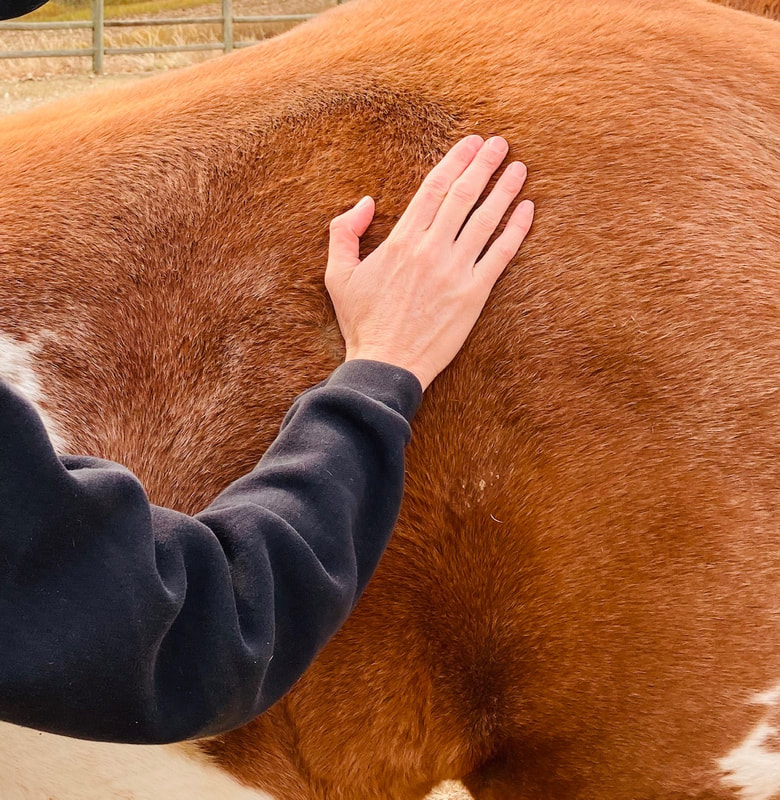
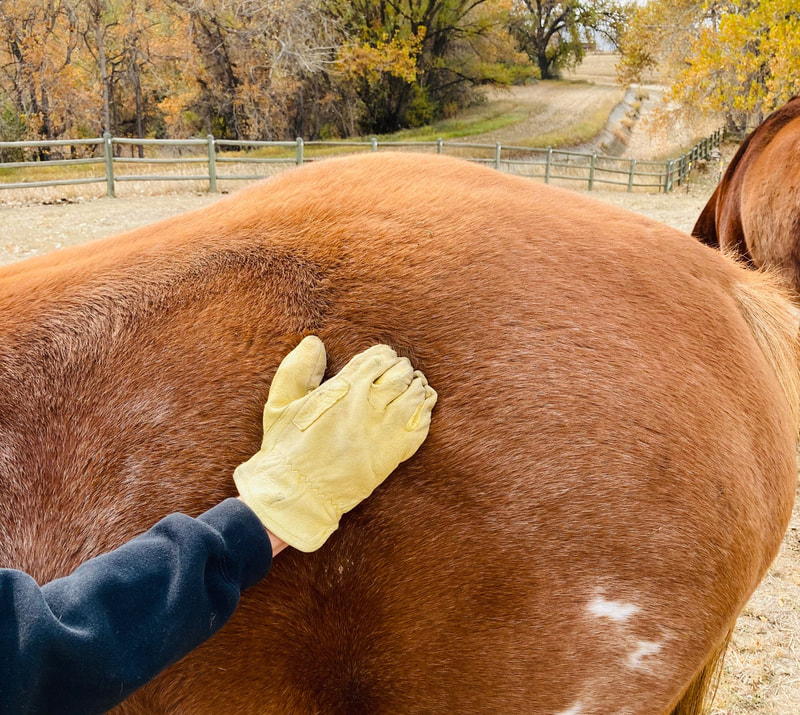
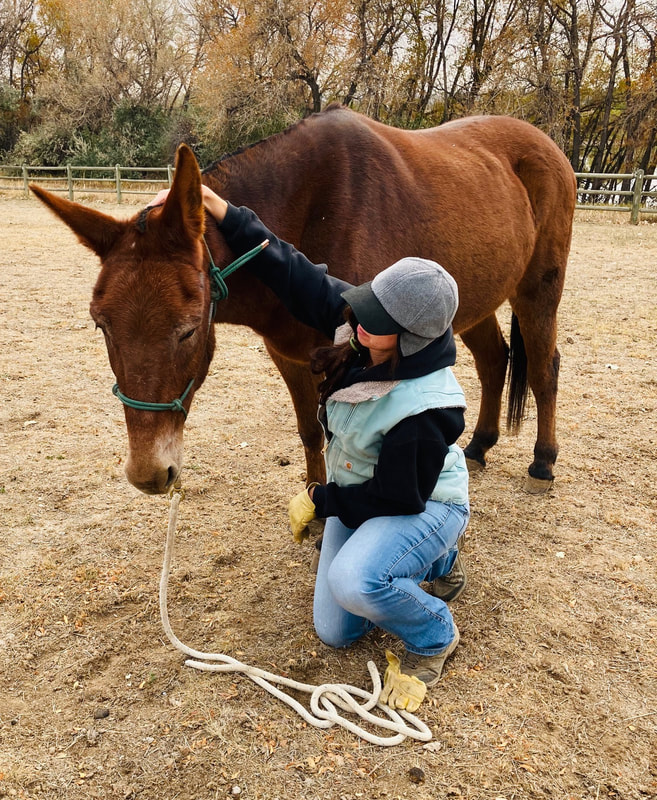
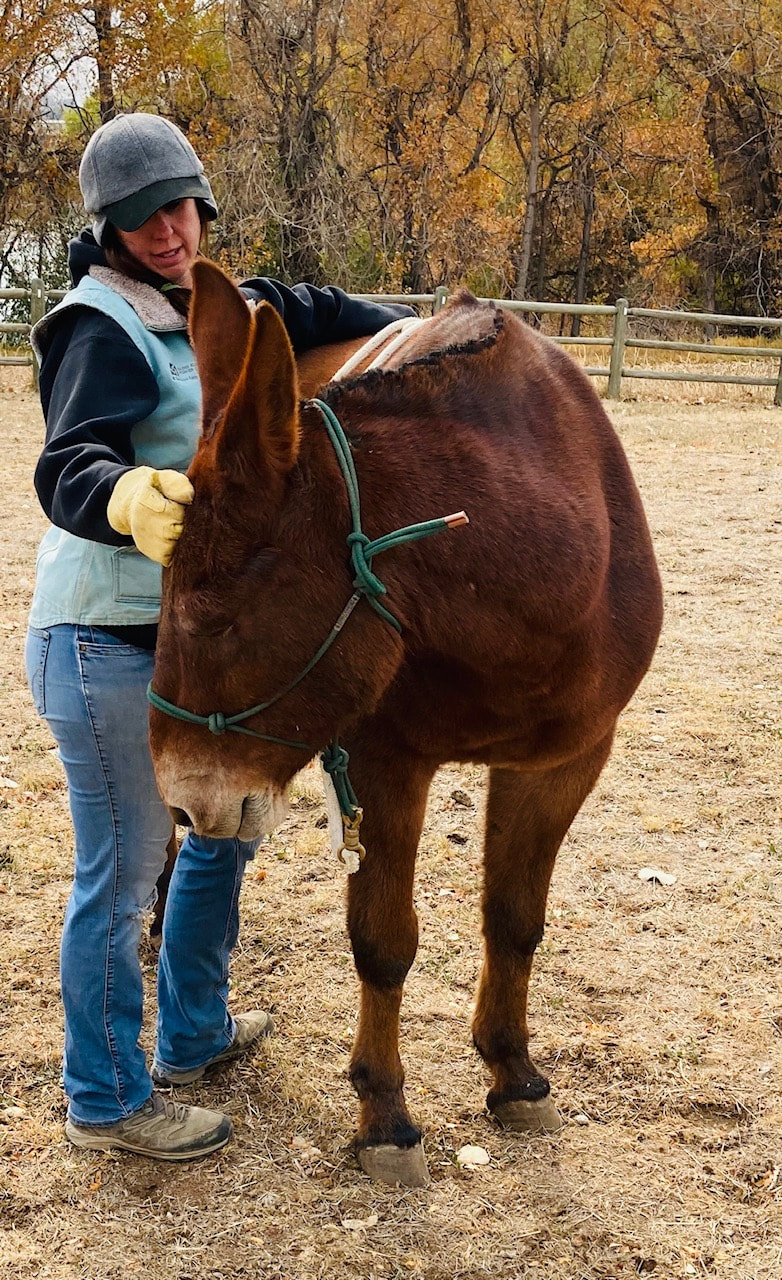
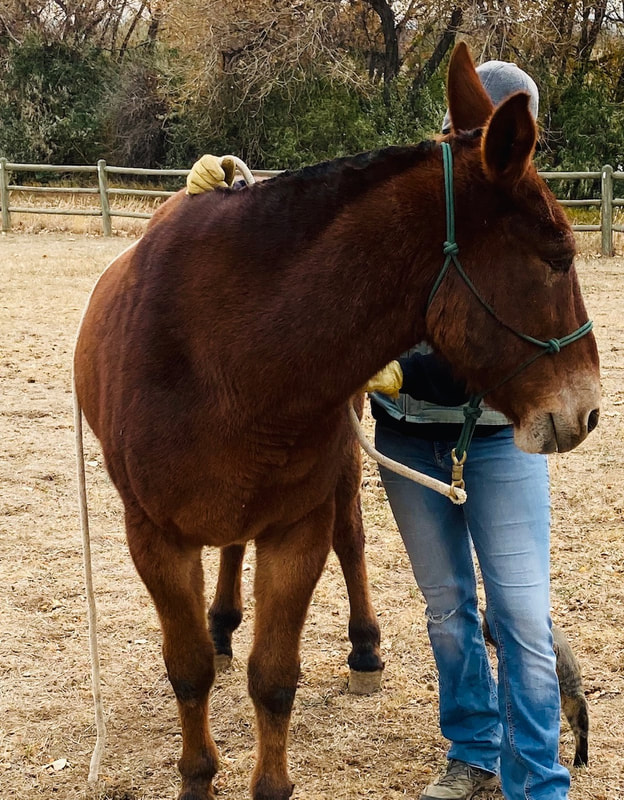
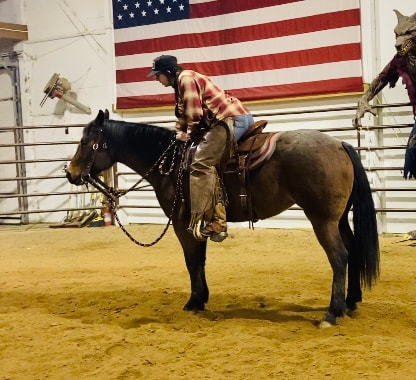
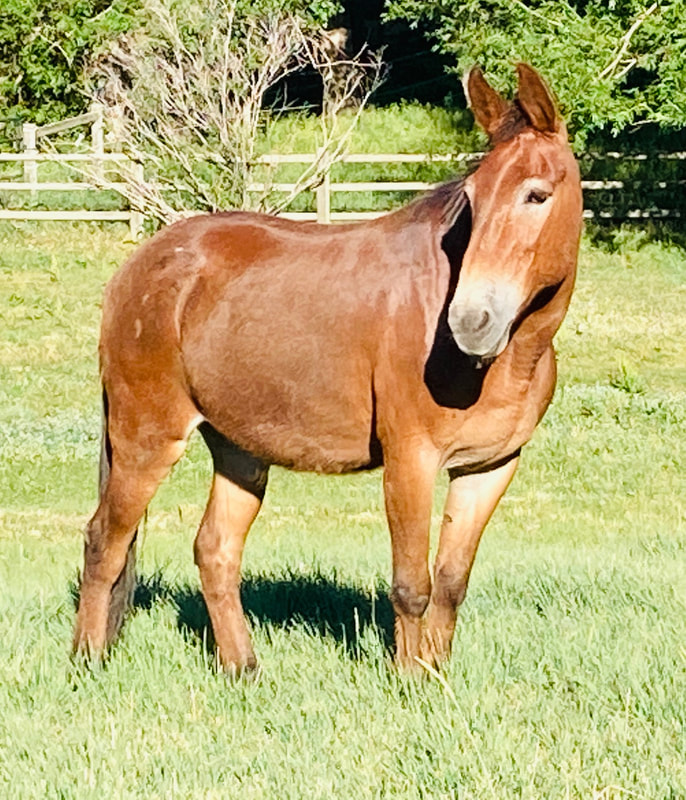
 RSS Feed
RSS Feed